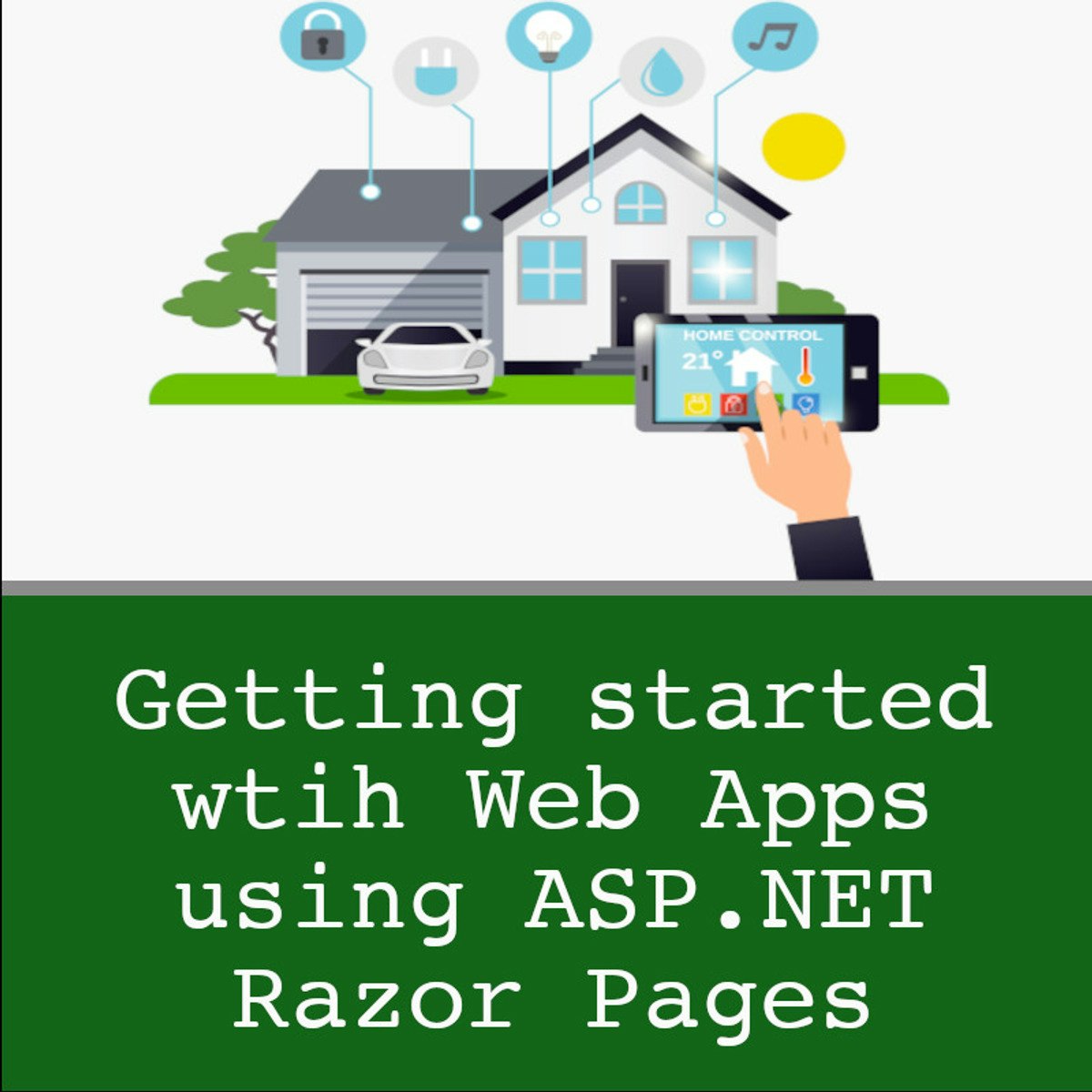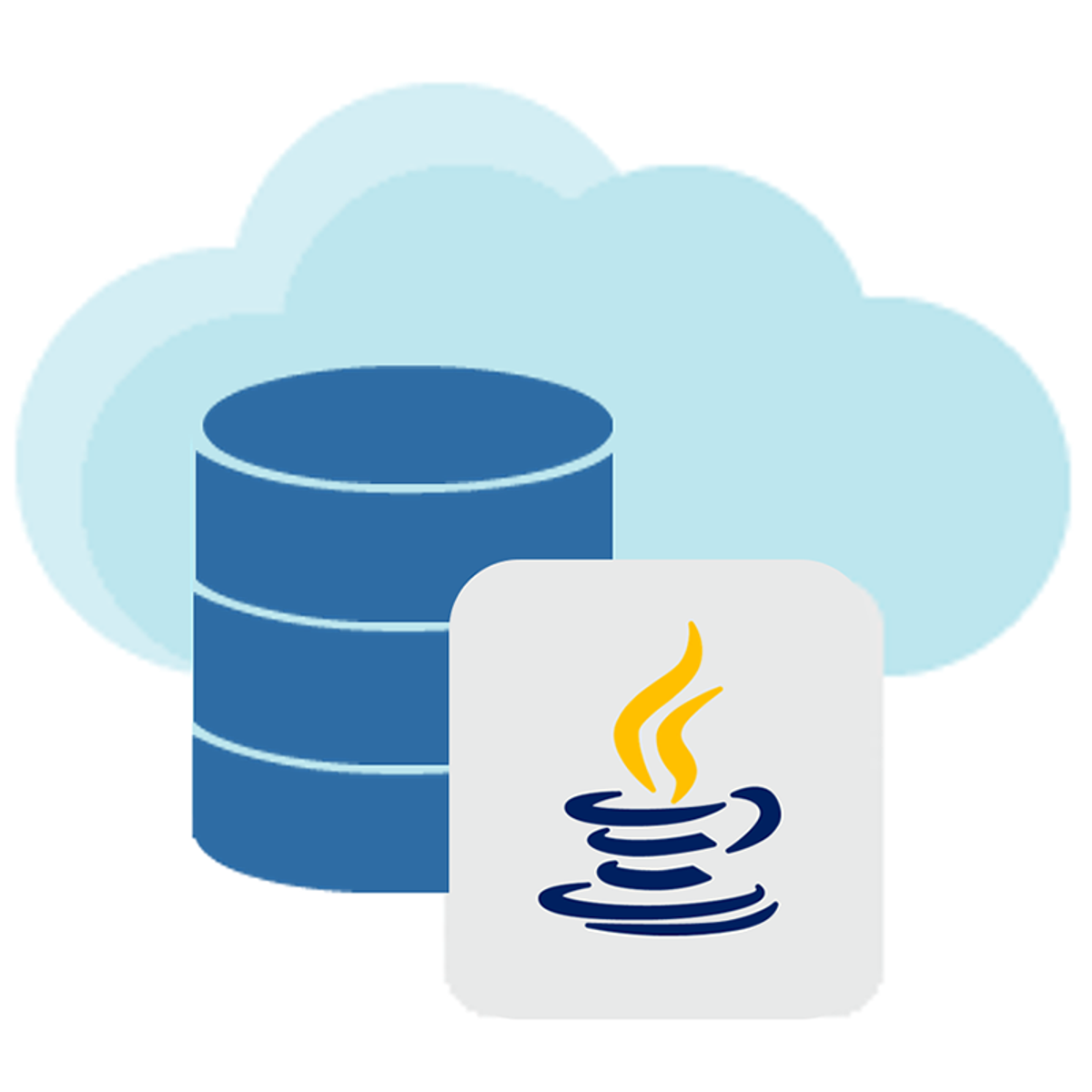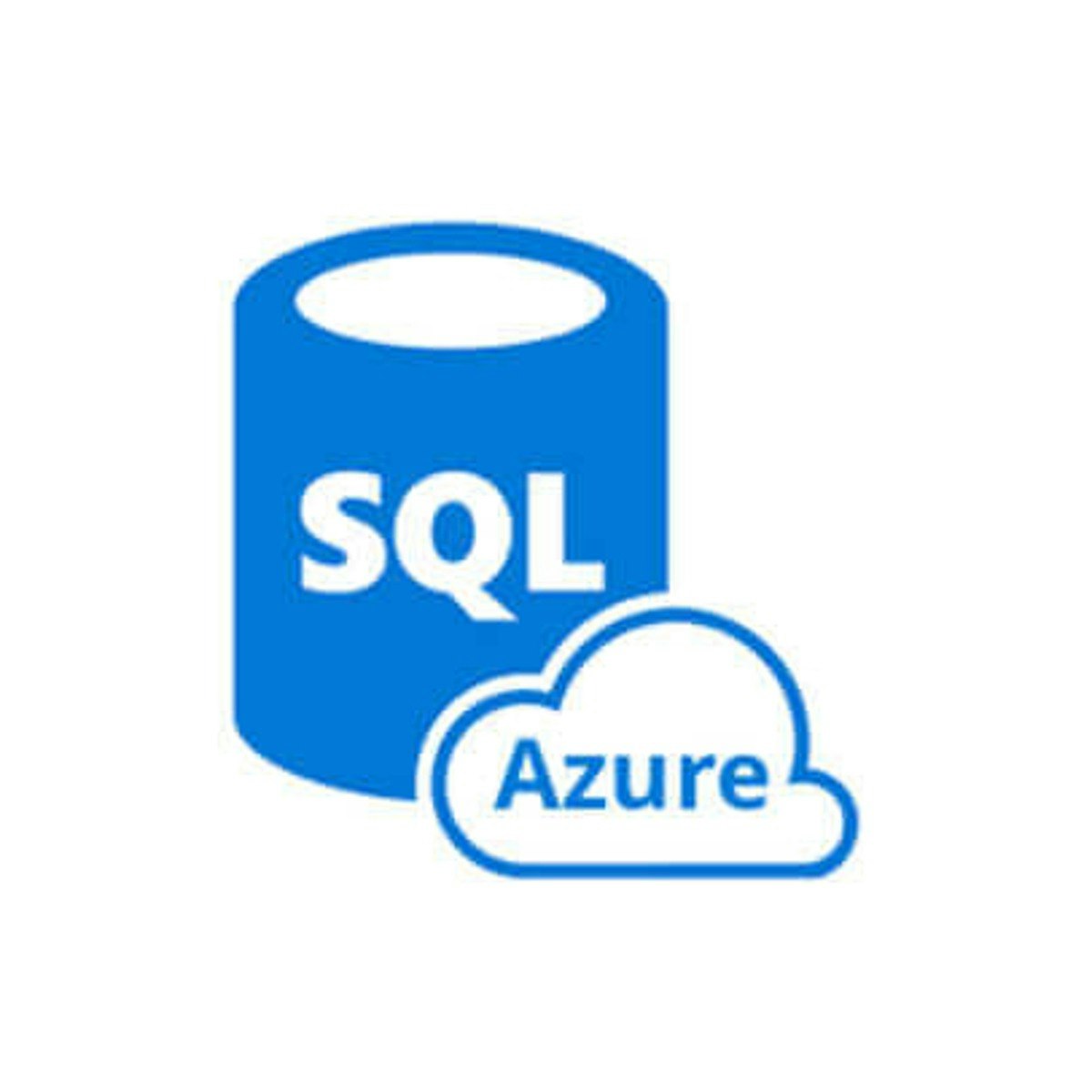Back to Courses









Information Technology Courses - Page 48
Showing results 471-480 of 1471

Design and Simulate Smart Home Networks in Packet Tracer
In this 1-hour long project-based course, you will learn how to design computer networks in logical and physical views, connect IoT devices to create smart home networks, and simulate computer networks operation in real-world environments.

Introduction to Risk Management
In this course, you will learn about risk assessment techniques and how to implement a number of strategies that will ensure the protection of assets. You will learn about the relationship between assets, vulnerabilities, threats, and risks. You will also engage with a number of current case studies in the industry that illustrate the material. You will leave the course with skills relating to threat modeling and business continuity planning that have direct applications at your current job or in your future career.

Prepared Statements and Stored Procedures
This is the second course in Java Database Connectivity (JDBC) and builds upon the core principals and techniques in the JDBC 1 course. It utilizes PreparedStatements, highlighting their advantages over JDBC Statements. It will also introduce utilizing Stored Procedures on the database server itself to encapsulate complex SQL and PLSQL logic. The Course also introduces the idea of querying the database meta data such as table structures and how to cope with different SQL syntax for different Jdbc complaint databases via the JDBC escape syntax.

Transcoding HTTP/JSON API calls to gRPC through API Gateway
This is a self-paced lab that takes place in the Google Cloud console.
In this lab you learn how to set up an API Gateway to manage access to gRPC APIs by using HTTP/JSON transcoding. Transcoding involves mapping HTTP/JSON requests and their parameters to gRPC methods, parameters and return types. Once API transcoding is properly configured, you will secure access to the API by requiring an API Key to retrieve data.

Getting Started with Elasticsearch on Google Cloud
This is a self-paced lab that takes place in the Google Cloud console.
In this lab you will create a simple Elasticsearch deployment leveraging Google Cloud Platform.

Cybersecurity Foundations for Risk Management
In order to manage the cybersecurity function business, you must first understand its language and its environment. This course covers the foundations of cybersecurity, including threats and vulnerabilities as well as the tools, technologies, and strategies used to manage it.
After completing this course, a learner will be able to:
● Define key concepts and terminology in Cybersecurity
● Identify threats to cybersecurity
● Identify strategies to identify and remediate vulnerabilities in information assets
● Identify the systemic components (including personnel) necessary for an effective cybersecurity program

Introduction to Digital Transformation Part 1
This course was designed to introduce the key components of digital transformation so you can understand the drivers and economics of innovation and technological change to create competitive advantage in your own industry. You'll learn the business value of data and how the exponential growth in core technologies such as artificial intelligence and autonomy are impacting the nature of competition. You will also develop an understanding of the “digital transformation stack” - infrastructure, technology, business functions, and strategy -- and use the framework to map an approach to transforming your business. This course is idea for anyone whose industry is undergoing a digital transformation and for those who want a deeper understanding of digital transformation so they have the foundational knowledge to help lead digital transformation.

Cybersecurity Roles, Processes & Operating System Security
This course gives you the background needed to understand basic Cybersecurity around people. process and technology. You will learn:
● Understand the key cybersecurity roles within an Organization.
● List key cybersecurity processes and an example of each process.
● Describe the architecture, file systems, and basic commands for multiple operating systems including Windows, Mac/OS, Linux and Mobile.
● Understand the concept of Virtualization as it relates to cybersecurity
Finally, you will begin to learn about organizations and resources to further research cybersecurity issues in the Modern era.
This course is intended for anyone who wants to gain a basic understanding of Cybersecurity or as the second course in a series of courses to acquire the skills to work in the Cybersecurity field as a Jr Cybersecurity Analyst.
The completion of this course also makes you eligible to earn the Cybersecurity Roles, Processes & Operating System Security IBM digital badge. More information about the badge can be found here: https://www.youracclaim.com/org/ibm/badge/cybersecurity-roles-processes-operating-system-security

Implement a Relational database in Azure SQL database
In this 1 hour long project based course,you will learn to create an azure account and implement an azure sql database.You’ll get to know various purchasing models and select the one that suits best in accordance with your needs. You will learn to use Azure cloud based query editor and change the firewall settings to whitelist your IP. You will also learn to Use SSMS(SQL Server Management Studio) to connect and query Azure SQL Database.Also, you will learn to write a few queries to create tables and insert values.Finally you will also learn to add new users to an azure sql database.
It is recommended that you know basic concepts on SQL and relational data concepts. But even if you don’t have this background knowledge, you’ll be able to complete the project.

Design Thinking and Global Startup
This course offers a systematic engineering design methodology: Stanford Design Thinking for preparing global startup. The course empathizes the whole Stanford design thinking process, "Empathy-Define-Ideation-Prototype-Test," for building a startup with a business model that has a “customer truly need” component.
This course focuses on lean “Prototype and Test” stages in Stanford Design Thinking. For this, the course introduces a novel manufacturing methodology by using 4th Industrial Revolution technology such as FaaS (Factory as a service) with AI, Bigdata, and 3D Printing. As a final achievement of this course, students will make their critical tools such as one-liner, lean-canvas, and global IR (investor relations) pitch deck for the first step of a global innovative startup founder.
Although the lectures are designed to be self-contained, we recommend (but do not require) that students refer to the book E. Ries, The Lean Startup, Crown: New York, 2011/T. Hopkins, Selling for Dummies, Wiley: Indianapolis, 2011, and The Mechanical Design Process, D.G. Ullman, 4th Ed., McGraw-Hill, 2010, which can be helpful for this course.
Popular Internships and Jobs by Categories
Browse
© 2024 BoostGrad | All rights reserved


